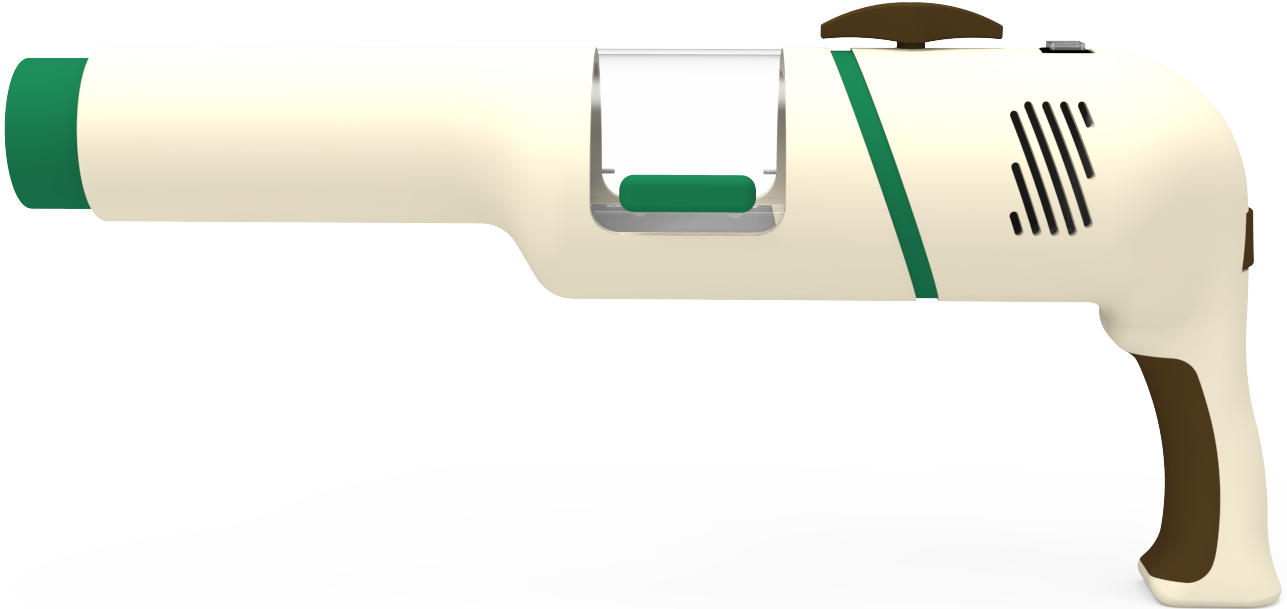Critter Catcher
I created a humane bug catcher for my Mechanical Engineering Capstone project.
2024

Overview
Mechanical Engineering Capstone Program
, our equivalent of a senior design project. Capstone offers students the opportunity to integrate their academic and experiential learning into a multi-semester team project with real-world applications.For my Capstone project, called the
Critter Catcher
, I collaborated with a team of four engineering students to design and manufacture ahumane bug catcher
capable of safely capturing flying insects. From our efforts, we earned an award forBest Iterative Design
at Northeastern University’s Engineering Showcase!Design & Development Process
•
Market Research & Problem Identification:
Analyzing existing insect catchers and identifying gaps in usability, effectiveness, and humane treatment.•
Concept Development:
Brainstorming solutions, evaluating different capture mechanisms, and selecting a vacuum-powered design.•
Prototyping & Testing:
Creating CAD models, 3D-printed prototypes, and refining the design based on ergonomic testing and live bee trials.•
Iteration & Improvement:
Enhancing user comfort, containment security, and suction power through multiple design cycles.As the
lead of the electronic subsystem
, my primary responsibility was developing and implementing the device’s electronics. I programmed anArduino Pro Mini
to control the fan’s duty cycle, allowing forvariable fan speed adjustment
. Additionally, I integrated key electronic components, including an on-off button and a rechargeable lithium-ion battery to enhance portability. This role required expertise inmechanical engineering, electrical engineering, and computer science
, as I had to ensure all hardware fit seamlessly within the device while maintaining functionality and ease of use.Impact & Takeaways
beekeeping, entomological research, and conservation efforts
. Humane testing with the Northeastern Bee Society and New England Beekeeping confirmed itseffectiveness and safety for live insects
. Through this project, I gained valuable experience in
Through this project, I gained valuable experience in mechanical design, rapid prototyping, team collaboration, and user-centered design
. This experience reinforced the importance ofiterative problem-solving, interdisciplinary communication, and sustainability-focused engineering
.